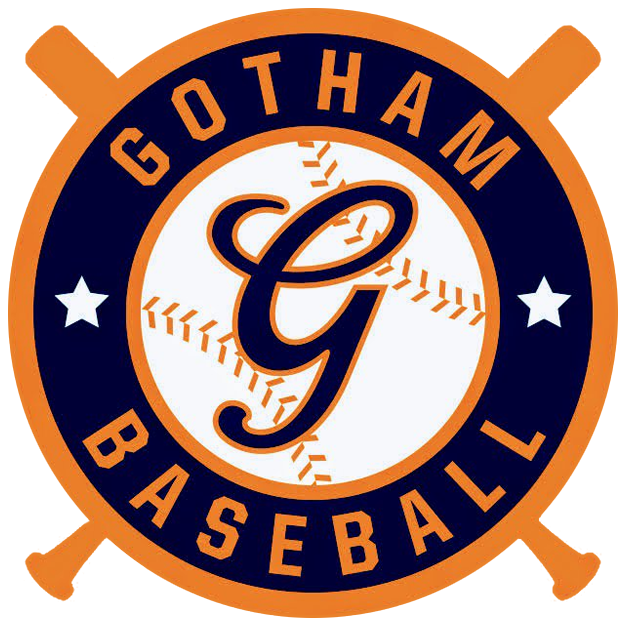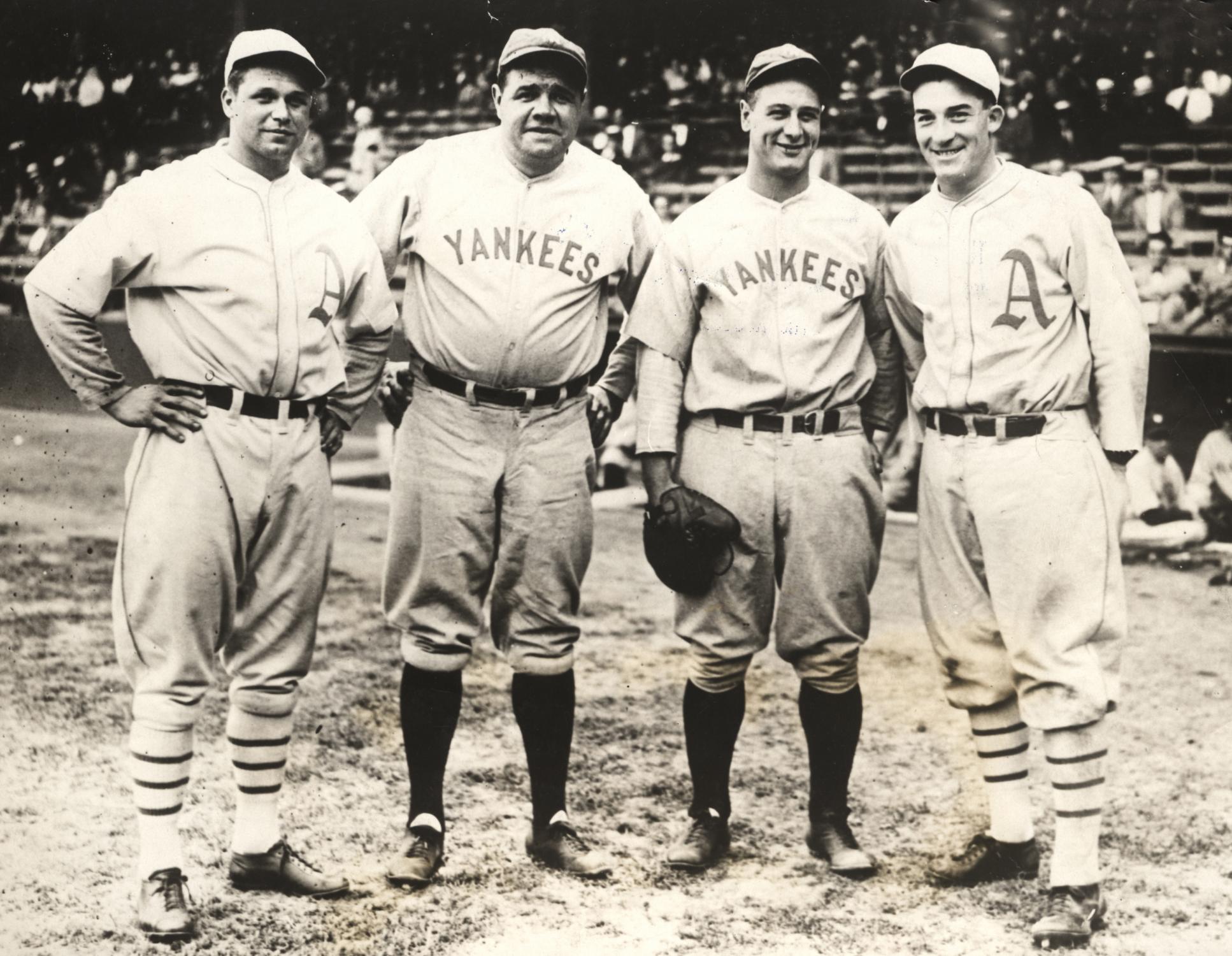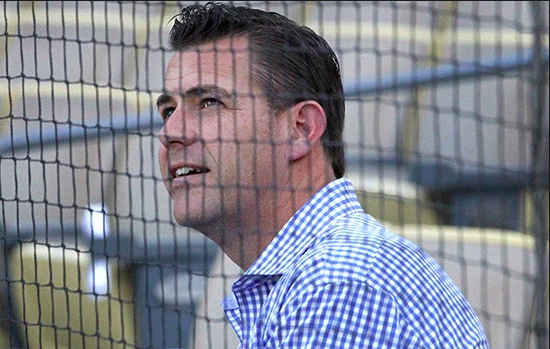They called them the “CBS Years,” the dark, dismal time when CBS owned the Yankees and the team floundered in mediocrity from 1965-1972. In 1973, a Midwestern shipping magnate named George
Steinbrenner bought the team and immediately plunged them into a two-year renovation of Yankee Stadium, exiling them to Shea for 1974 and 1975. But in 1976 everything finally came together, and one memorable dinger delivered the first pennant to the Bronx since 1964. Now on the 30th anniversary of the ’76 pennant, GB looks back on the Yankees’ return to prominence.
“That was the year we had just acquired Willie Randolph from Pittsburgh,” recalls outfielder Elliott Maddox. “We traded Bobby Bonds to the Angels, so we picked up Mickey Rivers and Ed Figueroa
for Bonds. With those acquisitions, we knew we had a good shot.”
Figueroa would go 19-10, Rivers led the team with his .312 average and between the two of them Randolph and Rivers stole 80 bases. Thurman Munson, the undisputed leader of the team, hit .302 with 105 RBI, Graig Nettles hit 32 home runs, and Chris Chambliss batted .293 and led the team with 188 hits. The pitching was solid as Catfish Hunter and Dock Ellis racked up 17 wins apiece, and Sparky Lyle and Dick “Dirt” Tidrow had 33 saves between them.
Between the stacked lineup and dominant pitching, the Yankees ran away with the East.
“Yeah, we led from start to finish that whole season,” says Roy White, who scored 104 runs that year. “The lowest our lead got down to was about five games in August, and then we went on a winning
streak and extended it back up to nine or ten. So winning the American League East that year was kind of a cake walk for us.”
Munson took home the AL MVP Award and six Yankees went to the All-Star Game: Chambliss, Hunter, Lyle, Munson, Randolph, and Rivers.
The real challenge came with the American League Championship Series. The best-of-five ALCS had only begun in 1969, so the Yankees had never played in one. “Billy Martin was as nervous as can be,” Maddox recalls. “He was just beside himself. He wanted to win so much. Billyjus
t wanted to join the ranks [of winning managers like] Casey Stengel and be a winner in New York.” They faced the Kansas City Royals led by hot-hitting George Brett, who had tallied 215 hits that
season. In the top of the first the Yankees jumped out to a two-run lead, partly on an error by Brett, and Catfish Hunter pitched seven scoreless innings before the Royals nicked him for one in the eighth.
The Yankees came right back with two more, and Hunter completed the game for the 4-1 win.
The Royals exacted revenge the next night. The Yankees chased Dennis Leonard in the third inning, but the Royals roughed up Ed Figueroa for 4 runs, then got another 3 off reliever Dick Tidrow. The final stood at 7-3, the series tied.
The series then shifted to the remodeled Yankee Stadium for the final three games of the set. The Royals drew first blood, jumping out to three run lead in the first in Game Three, but Chambliss hit a
two-run shot in the fourth and they chased starter Andy Hassler with a three-run sixth. Dock Ellis earned the win and Sparky Lyle the save by pitching the ninth.
If the Yankees could beat the Royals one more time, they would win the pennant in four games, but the Royals had other ideas. This time Catfish could not keep the Royals down, and they nicked him for three runs in the second, and after giving up a double to Hal McRae and a triple to DH Jamie Quirk to start the fourth, he was pulled. The Yankees lost 7-4 and set up the win-or-go-home Game Five.
Ed Figueroa toed the rubber for New York and the first two Royals were retired smoothly. But Brett doubled and John Mayberry landed one in the short porch in right, just beyond the reach of Oscar Gamble. Unfazed, Figueroa struck out Hal McRae, and his hitters went out and got the runs right back, plus some. Dennis Leonard lasted only nine pitches into his start when a triple, infield hit, and a single to left brought one run in and had two men in scoring position with three lefty hitters coming up, Chris Chambliss, Carlos May, and Graig Nettles.
Nettles watched the pitching change–to the “Yankee Killer,” lefty Paul Splittorff–with dismay. “I was hitting sixth in that lineup and I was hoping to see the righthander,” he recalls. Chambliss managed a
long sac fly to score a run, but May and Nettles went back empty handed. The game was tied, 2-2.
The Royals got another run in the second, but the Yankees came back with two in the third, when the table-setters of Mickey Rivers and Roy White came around again. Rivers singled, White walked, and Munson knocked one in. Chambliss grounded out, allowing another run to score
and give the Yankees a 4-3 lead.
The Yankees next rally came in the sixth, and again started with
Mickey Rivers, who had his third hit of the night, this one a bunt
single. White sacrificed him to second, and Munson brought him in to
score–though he was gunned down trying to stretch the hit to a
double. Chambliss followed his own base hit with a stolen base and
crossed the plate on a ball that George Brett threw away. 6-3
Yankees.
The three run lead seemed safe when, after allowing a leadoff single in the eighth, Figueroa was lifted for reliever Grant Jackson, who was tough on lefties. With Brett coming up. Martin figured now would
be the time to pit Jackson against him. But pinch-hitter Jim Wolford got a pinch-hit, and Brett, representing the tying run, came to the plate. “Brett had already hit us pretty good in that series so I kind of thought we were due to get him out,” says Roy White.
White’s prediction was wrong, as Brett smacked a three-run job that tied the game. Willie Randolph describes it as “very nail-biting at the time. But when you’re in the heat of the game, you’re just
thinking you’re going to win, you’re going to win, you’re going to win.”
The tie held into the bottom of the ninth, when a big rookie warmed up on the mound for the Royals. Mark Littell was known for his fastball, and as Chris Chambliss took his place in the on deck
circle, several other Yankees were feeling quite hopeful. “Mark Littell was the perfect pitcher for Chris to bat against,” according to Elliott Maddox. “He had become such a good fastball hitter, he
made the fastball look like a change-up.” Meanwhile, rowdy denizens of right field started throwing bottles at right fielder Hal McRae and the game was delayed while the debris was cleared from the field.
Willie Randolph remembers the delay well, in which Littell stood on the mound watching the grounds crew instead of continuing to throw.
“I thought, ‘Gee, I wonder if this guy is going to stiffen up.”
Whether stiff or not, Littell had confidence in his fastball. He had beaten Chambliss with it earlier in the series. He threw the high heater, thinking Chambliss would swing and miss. Instead, Chambliss
connected for what Murray Chass described in the New York Times as “a blow that rivaled Bobby Thompson’s 1951 home run.” As the ball disappeared into the stands, fans came pouring out onto the field. Nettles grabbed Chambliss’ bat, several other players attempted to make sure Chris touched all the bases, but they soon fled to the clubhouse. The jubilant fans had torn up the bases and carried them
away.
Some time later, the on-field party still continuing, the umpires escorted Chambliss back to the field, protected by a phalanx of New York’s Finest, to make sure he touched the spot approximately where
home plate had been. Pennant fever had claimed New York utterly. The Yankees themselves partied the night through. But dawn, and the World Series, came all too quickly, and the hard-fought and emotional series had drained the Yanks. Cincinnati’s Big Red Machine, well-rested after their three-game sweep of Philadelphia, plowed through them easily in four straight games. The experience was enough to light a fire under the Yankees, such that they would return to the World Series in the next two years, winning both times.


